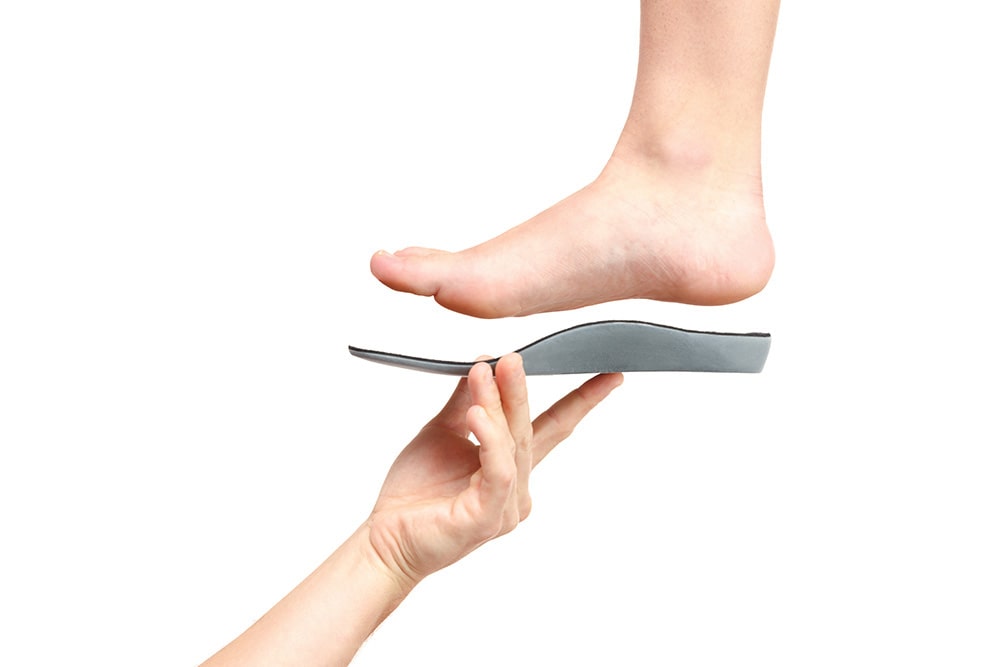If you’re experiencing heel pain plantar fasciitis symptoms, you’re not alone. This condition affects millions of Americans and is one of the most common reasons patients visit a podiatrist. At Greater Texas Foot & Ankle Specialist, Dr. Dean Kim helps patients find lasting relief through accurate diagnosis and personalized care.
What Is Plantar Fasciitis?
Plantar fasciitis occurs when the thick tissue (plantar fascia) running along the bottom of your foot becomes inflamed. This tissue connects your heel bone to your toes and supports your foot’s arch.
Common Symptoms:
- Stabbing heel pain, especially in the morning
- Pain that improves slightly with activity
- Discomfort returning after rest or long standing periods
- Tenderness in the arch or bottom of the heel
This condition is often caused by overuse, poor footwear, or biomechanical imbalances.
Image Suggestion:
Alt text: heel pain plantar fasciitis illustration showing inflamed plantar fascia
Use a professional medical illustration showing the foot’s anatomy and inflamed plantar fascia.
7 Proven Treatments for Heel Pain Plantar Fasciitis
At our Texas clinic, we offer advanced, evidence-based care. Here are the most effective treatments for heel pain plantar fasciitis:
1. Custom Orthotics
Tailored to your feet using advanced 3D scans, orthotics correct structural imbalances and reduce pressure on the heel. These inserts help align the foot, reduce strain, and prevent further injury.
2. Supportive Footwear
Proper footwear with arch support and cushioning can significantly reduce symptoms. We guide patients in selecting the right shoes for work, walking, or sports activities.
3. Class IV MLS Laser Therapy
This non-invasive laser therapy penetrates deeply into the heel tissue to reduce inflammation and stimulate healing. Patients often feel better after just a few sessions.
4. Physical Therapy & Stretching
Targeted stretches strengthen the Achilles tendon, plantar fascia, and surrounding muscles. These routines improve mobility and reduce long-term discomfort.
Dr. Kim provides personalized stretching guides based on your foot type and severity.
5. Anti-Inflammatory Medication
NSAIDs (Non-Steroidal Anti-Inflammatory Drugs) like ibuprofen can temporarily reduce pain and swelling. In some cases, oral corticosteroids are prescribed for more aggressive relief.
6. Cortisone Injections
For stubborn pain, cortisone injections can quickly reduce inflammation at the source. Dr. Kim uses ultrasound guidance to ensure accuracy and effectiveness.
7. Night Splints
These devices keep the foot gently stretched overnight, preventing the plantar fascia from tightening. Many patients report significantly less morning pain.
When to See a Heel Pain Specialist
If your heel pain has lasted more than one week or interferes with walking, it’s time to see a podiatrist. Ignoring symptoms can lead to chronic pain, compensatory injuries, or worsening inflammation.
At Greater Texas Foot & Ankle Specialist, we use advanced diagnostics including:
- Digital gait analysis
- Ultrasound or X-ray imaging
- Foot pressure scans
This allows us to tailor your treatment plan for lasting relief.
Get Relief from Heel Pain Today
Heel pain doesn’t have to control your life. Whether you’re dealing with classic heel pain plantar fasciitis or a more complex foot issue, Dr. Dean Kim and our team are here to help.
Call Greater Texas Foot & Ankle Specialist today at (469) 384-2135 to schedule your personalized consultation. Let us help you take the first step toward pain-free living.


